Changes in lifestyle and technology are the driving force behind speculative proposals from our Lighting the Global Workspace research team in Berlin. Many of the proposals suggest that perhaps the future office will draw increasingly from a user-centric and experiential premise. If so-called "knowledge workers" are empowered by remote communication and data transfer, physical and virtual workplace could take various shapes and forms. Nevertheless, some proposals take cues from the pragmatic approaches of informal processes, shared workspace and natural environments.
Need for Nature
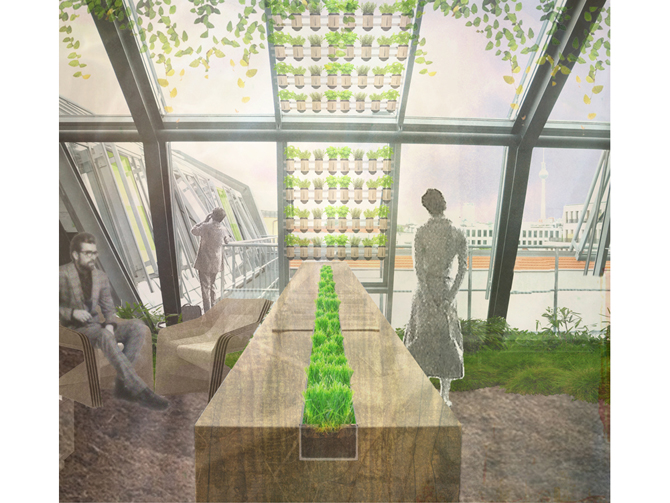
Challenge: Large parts of the workspace’s façade and roof are clad in glass. It results in harsh light and difficult heating conditions, depending on the season of the year and the time of the day.
Thesis: The potential of natural elements in respect to shading and lighting devices can improve the wellbeing and productivity of the workers. Plants offer untapped opportunities for climate mitigation and glare control, as well as atmospheric qualities and as social connectors. Furthermore, a constellation of green rooftop workspaces can raise the livability of the neighborhood.
Proposal: This workspace environment builds upon the idea of "working close to plants" towards the concept of "working in a botanical garden". A collection of various plants filters the daylight and creates an atmosphere of outdoor comfort. Movable frames adjust the position of the plants to create "green" sunshades in relation to the time of the day and season of the year. During the night, special plants produce a dawn light, which together with monitor lighting provides a specific atmosphere for concentrated work. All workers share the task of plant maintenance and cultivation. This collective activity creates team spirit and informal relaxation between working periods.
Cocoon
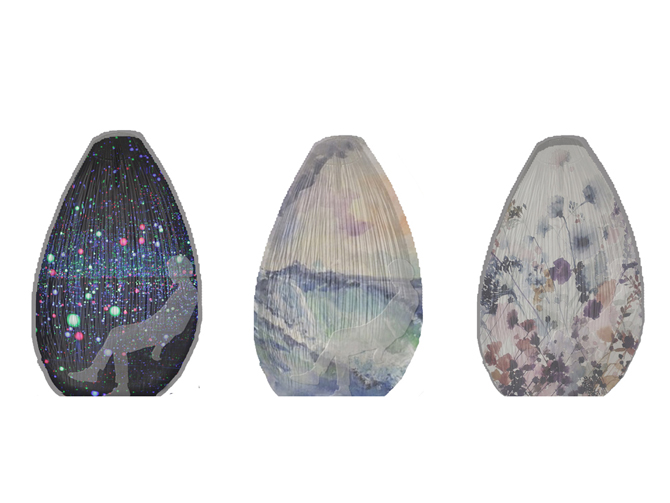
Challenge: All employees work in an open space – a double height nave that is flooded with daylight from all directions, which allows too much solar load on the workspace. As a consequence, the grand, multi-functional hall has inadequate heat and noise control. The open-plan typology doesn’t give enough privacy and shelter to the knowledge worker. There is no space in close proximity to the workspace for recreation, and nowhere within the space to temporarily escape noise and visual distractions.
Thesis: The concept is an open office structure combined with small, highly private entities – cocoons – that offer 24/7 communication and hermetically closed work-cells. These two extremely contrasting conditions result in more efficient employees.
Proposal: The project combines teamwork and concentrated work. Self-controlled, personal cells enable the knowledge worker to separate him or herself from any environmental influence like noise, smell, view or heat, either totally or to an adjusted degree. The cells could regulate light, temperature and scent, and offer a holographic surrounding with sound barriers.
Working Snake
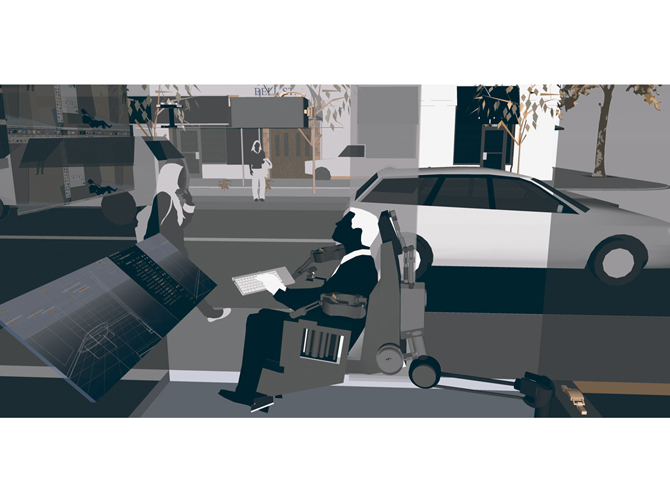
Challenge: Commuting time between meetings becomes longer and more congested, and a lot of valuable working time is wasted in transit. There are no workspaces that the worker can use while traveling from one meeting to another or from work to home.
Thesis: Since much working time is spent between offices, the route becomes the destination; the transit route becomes the new workplace: The Working Snake. As a result, work can be done more efficiently “on the go”.
Proposal: The Working Snake represents a membrane structure leading from office to office in Berlin and even through existing offices. It comprises a solar energy saving membrane, which gives light to the interior at night. Inside the membrane there are rows of highly individual cocoon workplaces, meeting rooms and social places.
Working Situation 9.85
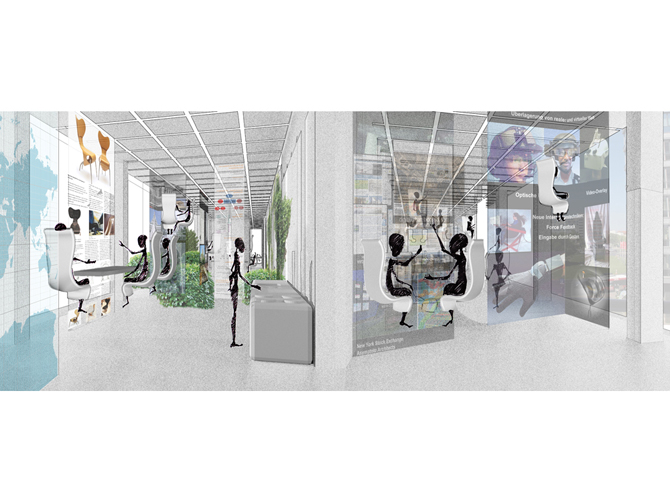
Challenge: There is a large difference in daylight quality and solar load on either side of the office. Substantial overhead lighting compensates for the resulting darkness and shadows, and employees complain from glare and exhaustion created from artificial lighting. The generic office is not flexible enough because lighting positions are fixed. The potential of high-end virtual environments in combination with space efficiency, lighting and screen usage is not explored.
Thesis:Since the future knowledge work will be performed by spontaneous constellations of workers, the workplace needs to be highly adjustable in very short time periods for vastly different user groups. High-end virtual environments embedded in choreography of space usage, light situations, and screen usage provides the perfect working environment for highly flexible working teams.
Proposal: The Working Situation 9.85 provides free utilization of the existing space for a large number of different users. Even though the vertical measurement does not exceed 3 meters, the space is still fully used through floating chairs equipped with magnetic devices, which allow vertical as well as horizontal floating through the entire office space. The light situation is organized in a very simple but efficient way so that the building receives a common room on the southern side and a working space on the north side, where direct sunlight has been disturbing in the east. Also the laser screens are equipped with adjustable transparency grades to compensate the incoming light. The laser screen grid covers the entire office ceiling. All clients are free to use any space for working as well as for any other activity, which encourages an inspiring working environment, as long as any other user isn’t physically, mentally, or in any other way disturbed.
Smartank
Challenge: Office rental space in the city center is getting more and more expensive. Therefore new forms of workspaces need to be explored, as new technologies offer great potential. Natural light is a burden when it comes to unusual working hours. Knowledge workers should have the freedom to influence and create their own biorhythms based on individualized lighting conditions and changeable atmospheres.
Thesis: By providing small and individualized working capsules, companies, especially start-ups, can save a large amount of office rent and at the same time establish a highly individual working environment for their employees.
Proposal: Smartank is a rentable and movable mini-workspace equipped with state-of-the-art writing, calculating, drawing and rendering software. Furthermore it can provide the worker with individualized comfort and lighting situations. Workers can open this work capsule in different gradations, from fully transparent with complete views of the surrounding public space to completely opaque for absolute privacy. For collaborative work the team can combine two or more Smartanks to form one larger entity.
Yolie
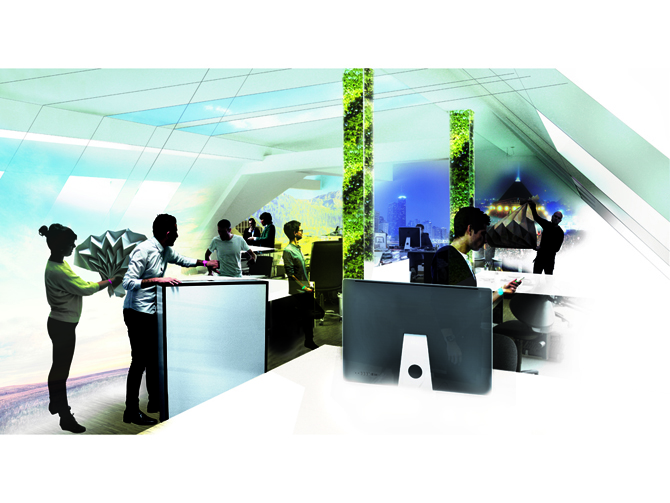
Challenge: A constellation of light bulbs hanging from the ceiling represents the only common lighting system in the office. The light bulbs are too bright and generate uncomfortable lighting. Problems include the glare on monitors and skylights, which are both an advantage and disadvantage for the employees. There is no tool to adjust the personal working environment to precise individual needs. Furthermore there is no interactive tool to measure the mood of the worker, the current weather conditions, the people they interact with or their location.
Thesis: A virtual personal assistant can act as a tool that gathers all this data and adjusts the lighting to improve the wellbeing of the worker and contribute to the office database. This will allow work to be done faster, with better results, less energy consumption and with more fun.
Proposal: Yolie is a tool that complements the individual digital work desk. Yolie is programmed to incorporate workers’ preferences, their health and mood, their daily tasks, current weather conditions, interactions with colleagues and their movements. Yolie then adjusts the workers’ surroundings to their individual needs, for instance lowering the lights, creating personal backdrop scenery, and creating visual isolation if necessary. Digital desks are capable of displaying any content the worker likes – either on the digital desk’s surface or as a holographic image floating above them. With Yolie and the desk, workers have complete access to their documents and all kinds of information stored in their cloud.
Individual Workspace
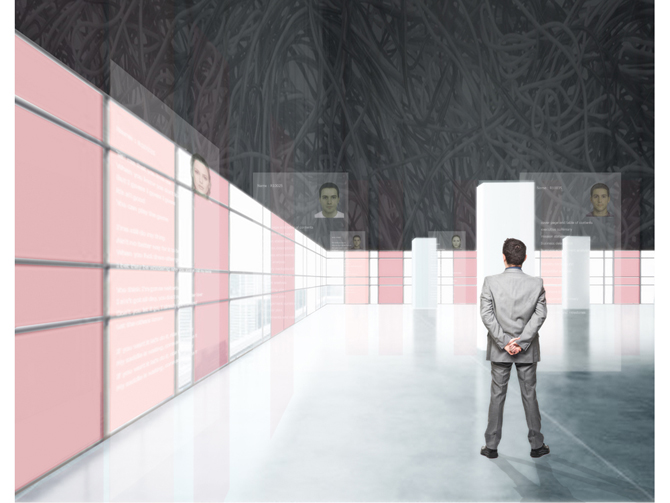
Challenge: More and more employees work from home or from outside their workspace and offices need to provide less space for them. A minimum of employees share expensive office space. Meanwhile, time is wasted commuting between home and workplaces.
Thesis: Because of rational financial decisions, by 2025 only a few knowledge workers are physically working in their workplace. For those who make it there, intelligent devices create a highly comfortable and individualized working environment for their most efficient work performance.
Proposal: The project exists out of a large, highly advanced virtual reality space. A powerful database archives the employee’s information including habits, and desired climatic and lighting conditions. All technology is hidden in the floors and ceiling – the TechDecks.
Thinking Inside the Box
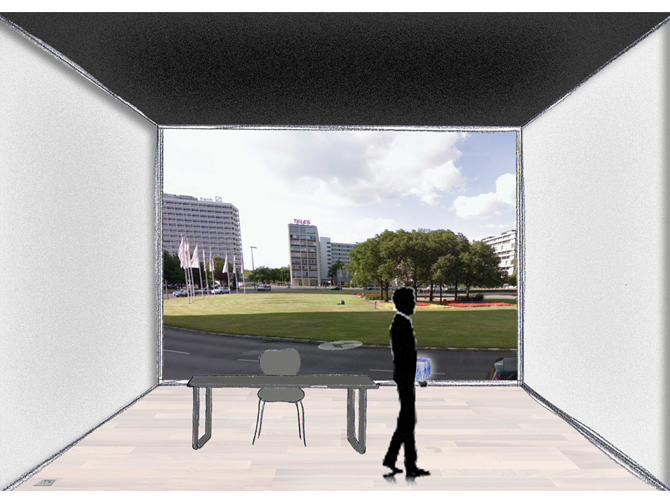
Challenge: The layout of the office is not flexible enough to adjust to the requirements of changing teams and hot desk policies. Furthermore, the workspace is not individualized or personalized enough to incorporate preferances of air conditioning, temperature, humidity and breeze. What is missing is a highly mobile and adjustable room with personalized work-life settings for users.
Thesis: Simple spatial organization and high-end virtual reality technologies, will provide highly individual and comfortable workspace environments that boost company identity, wellbeing and performance.
Proposal: Similar-looking cells along a façade look too much alike, so the knowledge worker sets the environment to his or her liking. Upon entering their box, the window shades are almost closed and the ceiling is a dark black. The only thing in the room is a little socket right next to the door. They plug in their set-box and the room transforms within seconds to the office settings they had saved. If they want it to be natural, the setting consists of nothing more than a perfect summer’s day; sunny but not too bright. There is no possible distraction whatsoever while working. The set-box also controls the atmosphere. It takes about five minutes for the air conditioning to adjust the room to their desired temperature, humidity and breeze.
Gallery
